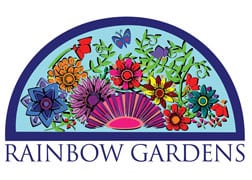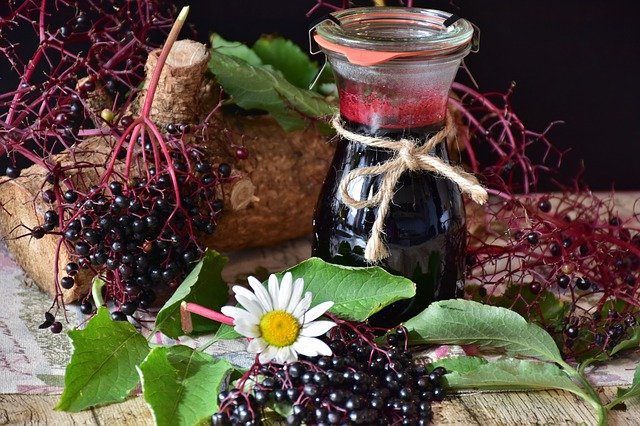Did you know you can add herbs as larger specimens in your landscape? You just need to take a deeper dive into the world of herbs to see that one size does not fit all. An herb specimen like a small tree or large shrub can offer the medicinal, culinary, and aromatic traits we love about herbs while also offering nectar or berries in abundance for the pollinators and native wildlife of our city. Let’s take a look at some great options for larger herb specimens that are great for San Antonio.
The following herbs can be used for much more than what is listed in their descriptions. Always make sure that any herbs you plan to use do not have any adverse reactions with any medications you may be taking or health conditions you may have.
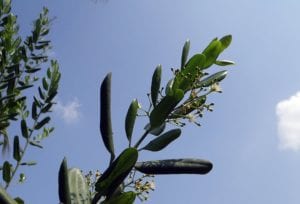
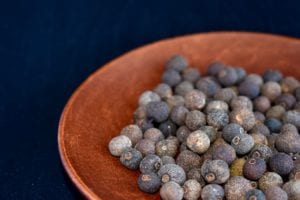
Allspice (typically in nursery stock around April)
Height is typically 8 ft. (smaller as a container specimen). Many times Allspice is grown in a container as it is a tropical, evergreen specimen and would need to be protected from a freeze which would kill it. Clusters of small white flowers appear in spring and are followed by the namesake berries,that resemble peppercorns, in summer. Allspice berries have the fragrance of cinnamon, nutmeg, and cloves all rolled up in one. Berries are dried and used to flavor food and sweeten up dishes with a bit of a peppery kick. Fresh leaves are added to stews and roasts for a little bit of extra spice, or steeped in hot water for a spicy tea. Plant Allspice in full sun.
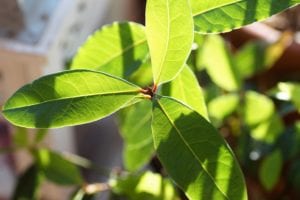
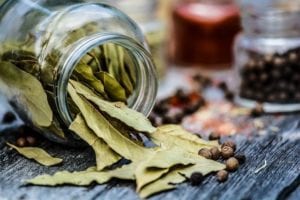
Sweet Bay/Bay Laurel (typically in nursery stock year round)
Height is typically 8 ft. (smaller as a container specimen). Sweet Bay is another great herb shrub/tree that can be planted in containers. If we do have a hard freeze, you can pull your Bay plant inside and protect it until the cold spell passes. Small white flowers develop in spring and are followed by shiny black berries, on this slow growing herb. Bay leaves are added to flavor soups, stews, and gumbos and then removed before ingesting the dishes (don’t eat the leaves, they can cut into intestinal tissue). Leaves can also be placed in cabinets to repel insects in the home. Plant in sun to part sun.
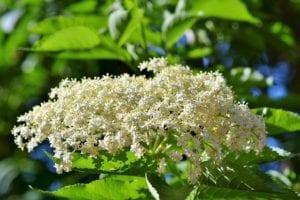

Elderberry (typically in nursery stock in spring and again in fall if we can find it)
Height is typically 5-12 ft. but can grow taller. Elderberry is a multi-stemmed tree that grows fast. White flowers are produced in spring, followed by the purple-black berries that are delicious eaten fresh. Berries and flowers are used in teas to help treat sore throats, allergies, colds, respiratory illness, etc… Berries are used in wines, jams and pies. Birds are very attracted to the berries, so if you want some for yourself, you should harvest right away. Plant in part sun.

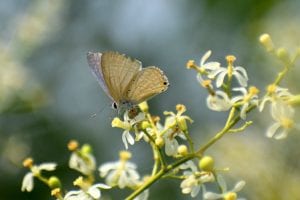
Neem (hard to find, when we have it, it goes fast)
It is recommended to plant Neem trees in pots except for the most southern tip of Texas, due to its cold intolerance of temperatures below 35° F. Neem oil is highly used as pest control and fungus control in the gardening world. That being said, we think it is easiest buying commercially sold Neem products rather than trying to extract it from the kernel of the seedpods that grow on the Neem tree. Small white clusters of flowers appear in spring and the honeybees love them!
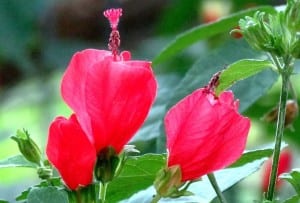

Turk’s Cap (typically in nursery stock year round)
Grows 5-8 ft. tall and wide. A great addition to shadier parts of your landscape, Turk’s Cap has long been a favorite in San Antonio due to its hummingbird attractiveness. Many people don’t realize that the flowers and fruit of Turk’s Cap is edible! Bright red flowers pop in summer, followed by the red fruit that resembles rosehips in late summer. The fruit can be cooked down to make syrup or jam, or eaten fresh with a flavor that resembles an apple or watermelon. Both flowers and fruit can be used to make teas. Morning sun and afternoon shade is the best location suited for Turk’s Cap.
There is a whole world of herbs out there waiting to be discovered by you. Try something new this year!
~The Happy Gardener, Lisa Mulroy
